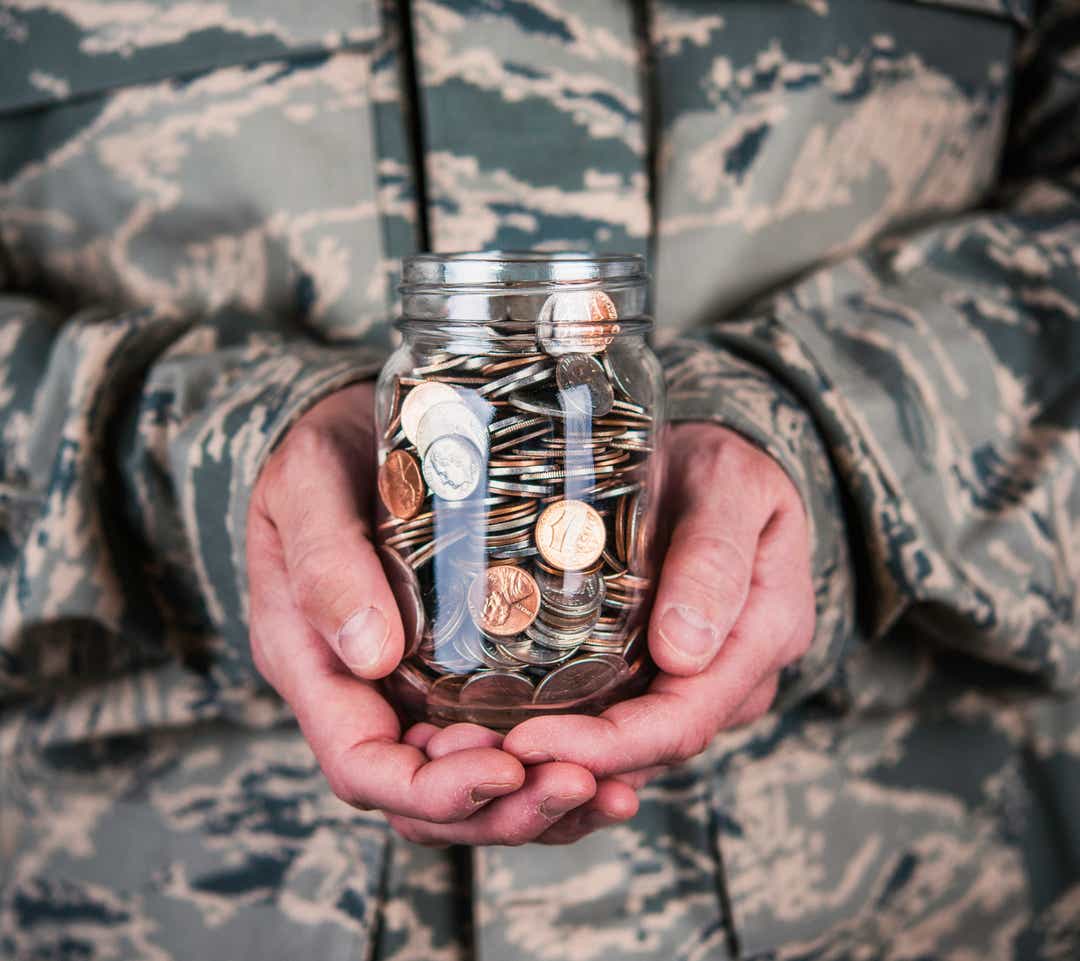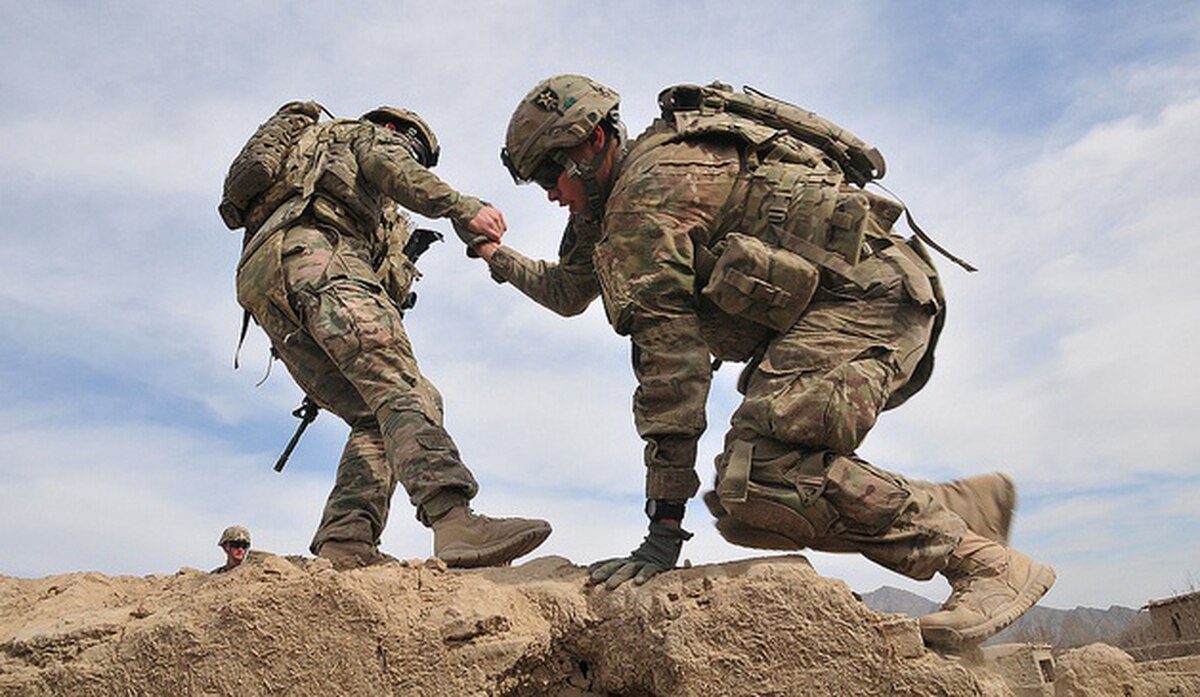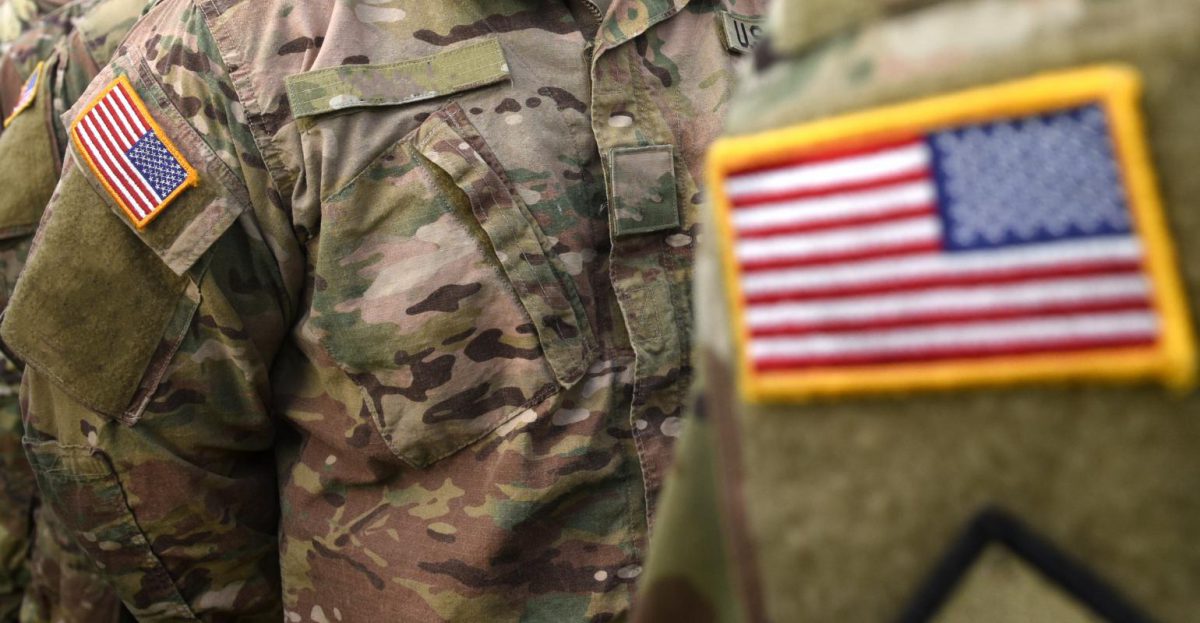Saving money in the military is not difficult, but the key is to start saving early. Saving money and getting out of debt to stay out of debt are the two keys to becoming financially stable. It’s easy to start saving in the military, and the advice below will explain how.
Start a Thrift Savings Plan (TSP) or an Individual Retirement Account (IRA), which can be started through Navy Federal or USAA
These may sound intimidating, but they are simply savings accounts that allow your money to grow over time at a higher percent than a normal savings account. The main difference between these and a normal savings account is that the money you deposit into a TSP or IRA cannot be withdrawn until retirement age (usually 59 ½ years of age) without penalty.
You determine the amount that will be contributed whether it be per military paycheck or monthly, which will allow the money to accrue over time. Before you start either, speak to a financial counselor to determine what option would be best for you. The TSP is only available for current service members, but can remain upon discharge and continue with you as a veteran. An IRA can be separate from the military. If you did not start a TSP as a service member, you can start an IRA as a veteran through your employer or bank.
Set-up recurring transfers into your savings account
The easiest way to start saving money is to set up automatic transfers to a savings account. It does not need to start big, any little bit will add up fast. To get started, set up a recurring payment of $5 each time you get paid. Monitor your savings account and see that soon you will have $20 saved, then $100, then $500, and so on.
Scheduling recurring transfers can easily be set up through the bank’s mobile app or online, and you control the transfers. Changing the amount or the frequency can be done at any time, and it can even be cancelled as easily as it was set up. If you prefer to speak to a representative, don’t hesitate to call your bank’s customer service.
Once you are feeling confident, start putting away more money. The more money you put away, the more money you will save.
Set a savings goal
You may find that you need more motivation to deliberately put money into your savings account. Admittedly, it can be hard to control instant gratification. If this is the case, choose something pricey you would like to purchase or perhaps a travel destination you would like to visit. For instance, you want a motorcycle. A used motorcycle can cost approximately $3,000-$4,000, though it can certainly cost more. A new motorcycle might cost $12,000, or more so start saving for that motorcycle!
Choosing to save for a goal rather than using a credit card for instant gratification will automatically save money because savings accounts pay interest, while purchasing with credit will cost interest. It will also save you the stress of having to pay off a debt that you may find out later that you couldn’t afford when you thought you could.
Everyday tips for saving money
Bring coffee, bring lunch. Daily coffee for $2.00 doesn’t seem like much that morning, and neither does a $3.00 energy drink that afternoon after a nice $10.00 lunch. That’s $15.00 spent just on Monday. If this is your habit everyday, that’s $75.00 just on food and drinks for your typical work week. That’s $300.00 you could have put in savings that month, not to mention what a year’s worth of $4 coffee would look like.
Get gas on base. Wherever you are stationed, most likely gas is the least expensive on base. If you happen to find a gas station that has an even better rate, go there. It really does add up – the extra $3-$5 you may be paying each time you fill up could be $20 put in your savings account that month. You can also use the free GasBuddy app to see gas prices near you and weed out overpriced stations.
Shop around. Don’t buy a new item as soon as it gets your heart racing. It might be new Under Armour workout gear or electronics, but check multiple places before making that purchase. You can probably find a better deal at another store, or online, making the delay worth the wait. Sometimes just by waiting you may also realize that the item no longer seems so attractive, allowing the wait to save you money.
If you are taking steps toward financial responsibility, using the steps above to build a financial foundation is a great start. For a more thorough explanation of personal finance, visit educational financial centers offered to military and dependents.





